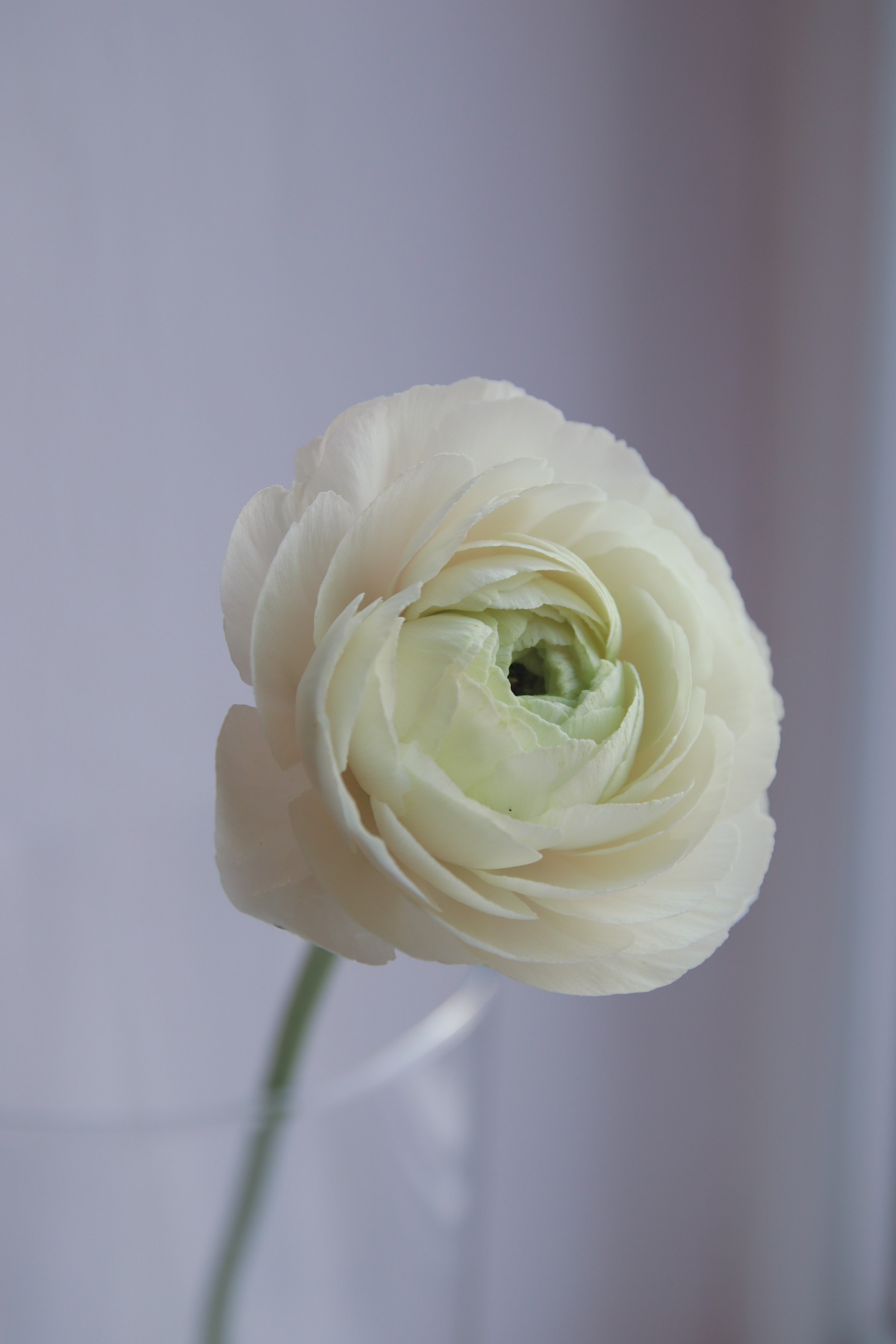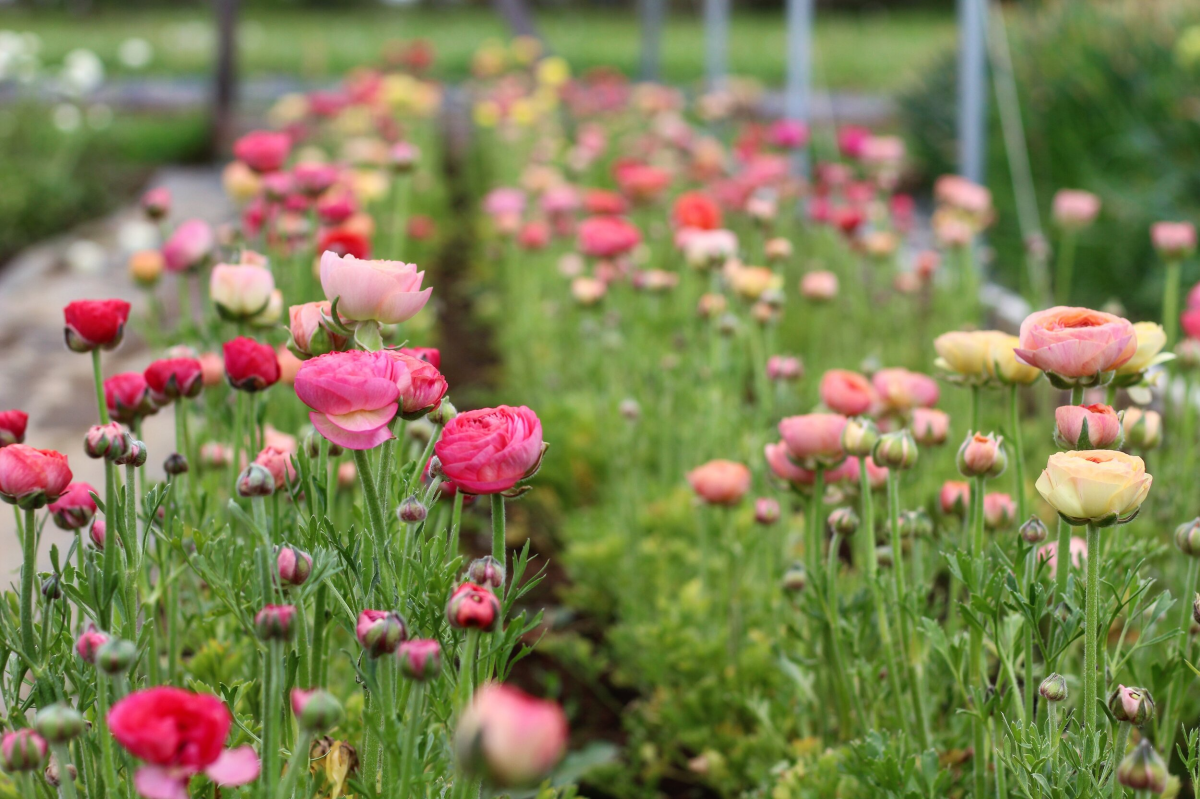The Ultimate Guide To Growing And Caring For A Ranunculus Flower
Gardening, in its essence, is an art form—a delicate dance of nurturing, caring, and understanding the unique needs of each plant in your garden. Among the myriad of floral beauties, the ranunculus flower stands out with its layers of delicate, paper-thin petals, resembling a ballerina’s tutu. Originating from the cool meadows of Asia, the ranunculus, also known as the Persian buttercup, spins a story of ancient gardens and romantic landscapes. Its ability to thrive might seem daunting at first glance, but with the right amount of love and care, growing ranunculus can be as rewarding as it is beautiful. Whether […]

Gardening, in its essence, is an art form—a delicate dance of nurturing, caring, and understanding the unique needs of each plant in your garden. Among the myriad of floral beauties, the ranunculus flower stands out with its layers of delicate, paper-thin petals, resembling a ballerina’s tutu. Originating from the cool meadows of Asia, the ranunculus, also known as the Persian buttercup, spins a story of ancient gardens and romantic landscapes. Its ability to thrive might seem daunting at first glance, but with the right amount of love and care, growing ranunculus can be as rewarding as it is beautiful. Whether you’re a seasoned gardener or a budding green thumb, understanding the unique needs of the ranunculus flower can turn your garden into a canvas of vibrant colors and lush beauty.
This flower stands out with its layers of delicate petals

@flower_moxie
Everything You Need To Know About The Ranunculus Flower
Diving into the world of ranunculus is like opening a book full of gardening secrets and floral wonders. The ranunculus flower, with its rich hues and whimsical spirals of petals, is more than just a pretty face in the garden. It’s a testament to the magic that can be created with soil, water, and a little bit of patience. These flowers are not only popular for their stunning appearance but also for their long-lasting nature, both in the garden and as cut flowers in vases. But don’t let their delicate appearance fool you; when given the right conditions, ranunculus flowers are surprisingly hardy and willing to show off their splendor.
These flowers are quite popular thanks to their stunning appearance

Planting
The journey of growing ranunculus begins with the all-important step of planting. These charming flowers flourish in sunny spots where the soil is well-draining, mimicking their native environments. The tubers, which resemble small, claw-like structures, are best planted in autumn in milder climates. This timing allows them to establish themselves before winter’s chill. In colder regions, wait until spring, after the last frost has passed, to plant them. This delay ensures that the tender tubers aren’t damaged by unexpected cold snaps. Ensure the tubers are planted at the correct depth, typically about 2 inches deep, with the claws pointing downwards. Space them about 4 to 6 inches apart to give each plant room to grow. This spacing allows for ample air circulation, reducing the risk of fungal diseases. As you plant, envision these little tubers as sleeping beauties, poised to awaken and transform your garden with their vibrant, lush petals.
These charming flowers flourish in sunny spots
Watering
Proper watering is crucial for a ranunculus, as they enjoy consistent moisture but detest being waterlogged. Apply this principle to watering your ranunculus. The soil should be kept moist, particularly during the growing season, but it’s vital to ensure that it’s not drenched. Overwatering can lead to root rot, a common issue in poorly drained soils. To strike the right balance, water the plants deeply and allow the soil to dry out slightly between watering sessions. This approach encourages the development of strong, deep roots. Check the soil moisture by feeling the top inch of the soil. If it’s dry to the touch, it’s time to water. If you’re unsure, it’s better to err on the side of under-watering rather than over-watering. This careful attention to watering needs will ensure that your ranunculus plants remain healthy and vibrant.
Proper watering is crucial for a ranunculus
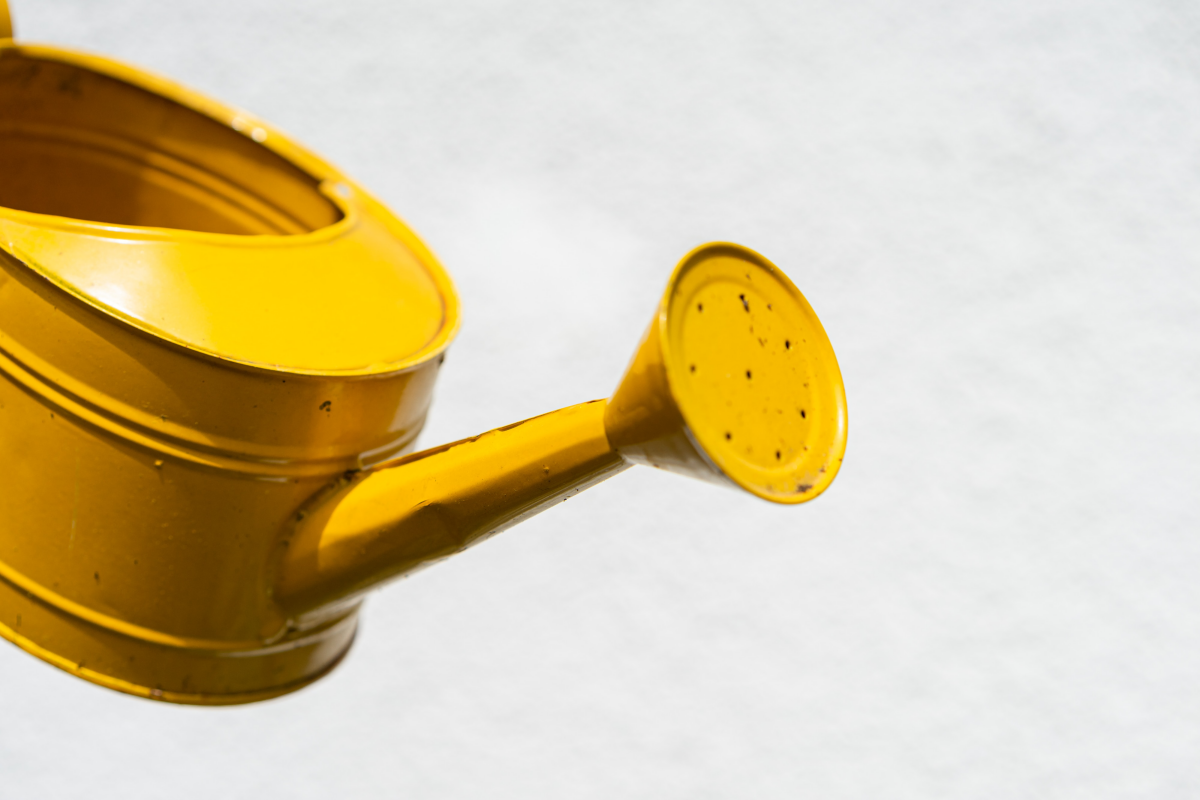
Feeding
Nourishing your ranunculus with the right fertilizer is a must. A balanced, slow-release fertilizer works wonders, releasing nutrients gradually, ensuring a steady supply over time. This method is much like a slow-cooked feast, allowing your ranunculus to savor and absorb the goodness as needed. The ideal time to fertilize is at the beginning of the growing season, as this sets the stage for healthy growth and abundant blooms. Look for a fertilizer that has an equal balance of nitrogen, phosphorous, and potassium, the three key ingredients that support leafy growth, root development, and flower production, respectively. Apply the fertilizer according to the package instructions, being careful not to overdo it. Over-fertilization can be just as harmful as under-fertilization, leading to lush foliage at the expense of blooms. This feeding regime ensures that your ranunculus plants receive the perfect blend of nutrients.
Nourishing your ranunculus with the right fertilizer is a must
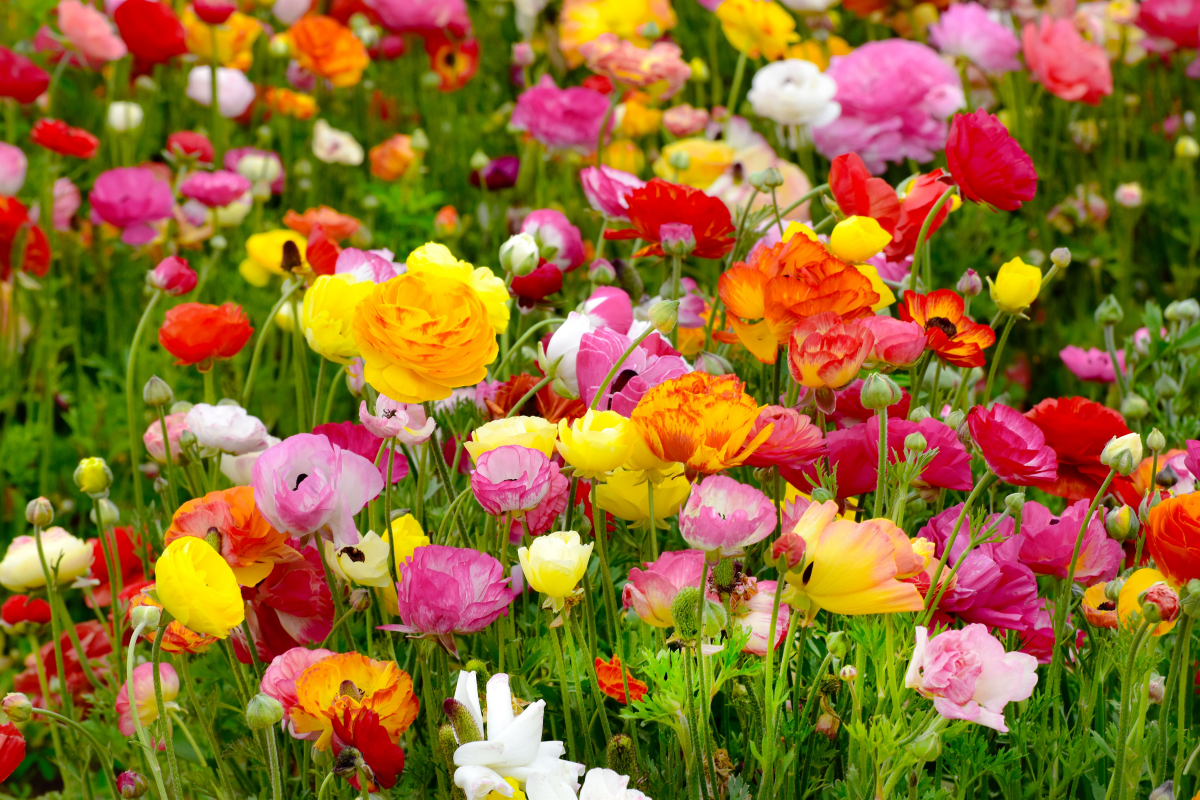
Light
Ranunculus flowers are sun worshipers, thriving in bright, direct light. However, in hotter climates, they appreciate a bit of respite from the intense afternoon sun. It’s like them wearing a sunhat on a bright summer day – a little shade goes a long way in keeping them happy and healthy. The ideal location offers morning sunlight and some afternoon shade, providing a balanced light environment. This light arrangement prevents the delicate petals from scorching under the harsh midday sun, while still ensuring they get enough light to grow and bloom vigorously. In cooler climates, full sun is generally fine, as the rays aren’t as intense. But in warmer regions, plan your garden so that your ranunculus can enjoy some natural shade, perhaps from taller plants or a strategically placed structure.
Ranunculus flowers are sun worshipers
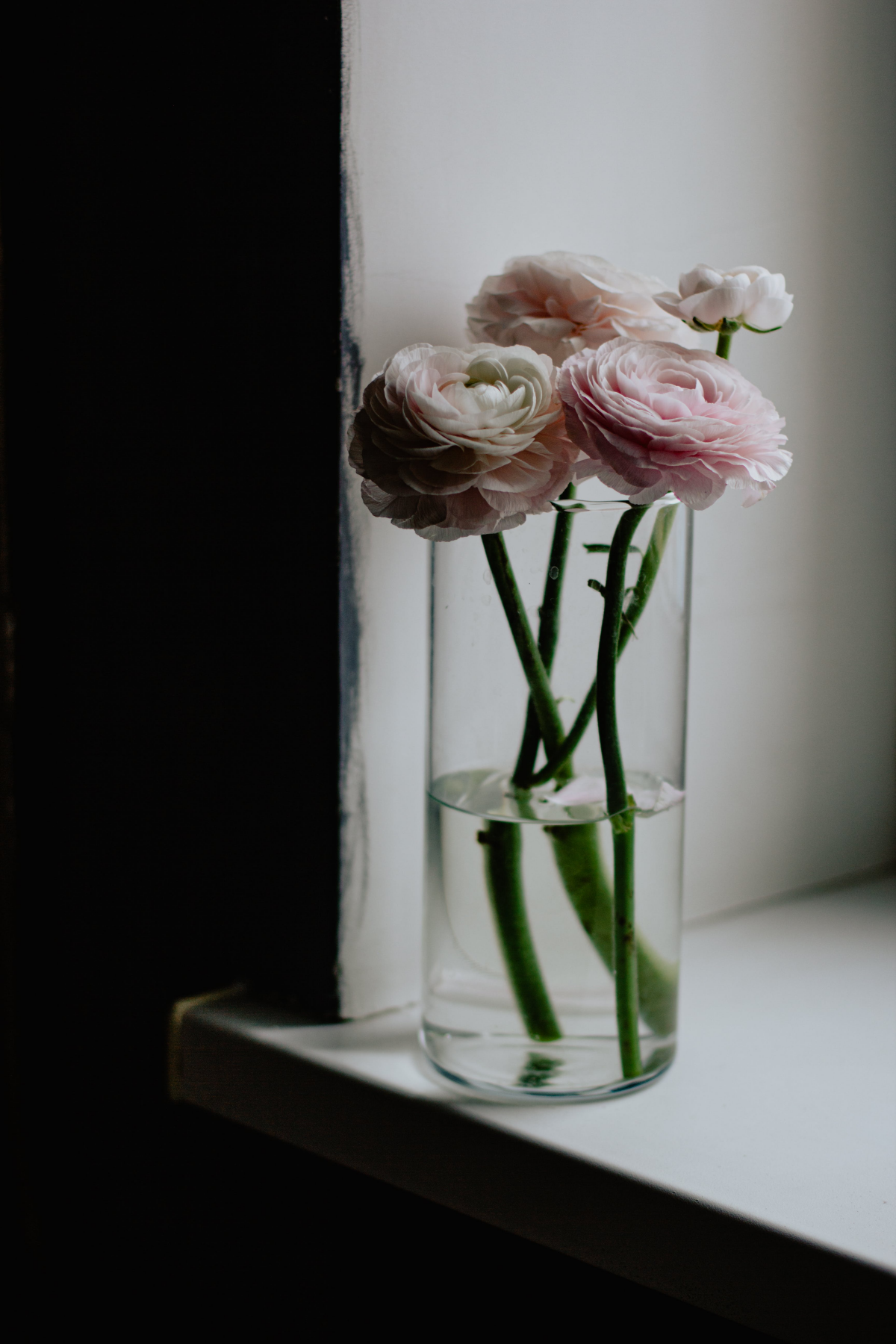
Temperature
Ranunculus flowers have a preference for the cooler side of the thermometer, finding their sweet spot in the mild, crisp temperatures of spring. The cooler climate allows the ranunculus to slowly and steadily develop, resulting in fuller blooms and more vibrant colors. If you’re in a region with warmer temperatures, it’s essential to ensure that your ranunculus aren’t exposed to excessive heat, especially during the midday hours. They can withstand a mild frost, but it’s crucial to protect them from harsh winter conditions. Consider mulching to regulate soil temperature and retain moisture. In warmer climates, providing some shade during the hottest part of the day can help mimic their ideal cool growing conditions. This careful management of temperature, ensuring it’s not too hot nor too cold, allows ranunculus flowers to thrive and display their full beauty.
The cooler climate allows the ranunculus to slowly and steadily develop

Pests and Diseases
Just like any prized possession in the garden, ranunculus plants require regular check-ups to stay healthy and vibrant. Monitoring your plants for signs of pests and diseases is crucial in maintaining their well-being. Common garden pests such as aphids, spider mites, and slugs can be attracted to ranunculus. While fungal diseases like powdery mildew and root rot pose a threat in overly moist conditions. Regular inspections of your ranunculus are akin to routine visits to the doctor – preventative care is key. If you do spot any signs of infestation or disease, act quickly with appropriate treatments, such as insecticidal soaps for pests or fungicides for mildew. However, always use these treatments judiciously and according to instructions, as overuse can harm more than help. Additionally, maintaining good air circulation around the plants and avoiding overhead watering can significantly reduce the risk of fungal diseases.
If you do spot any signs of infestation or disease – act quickly
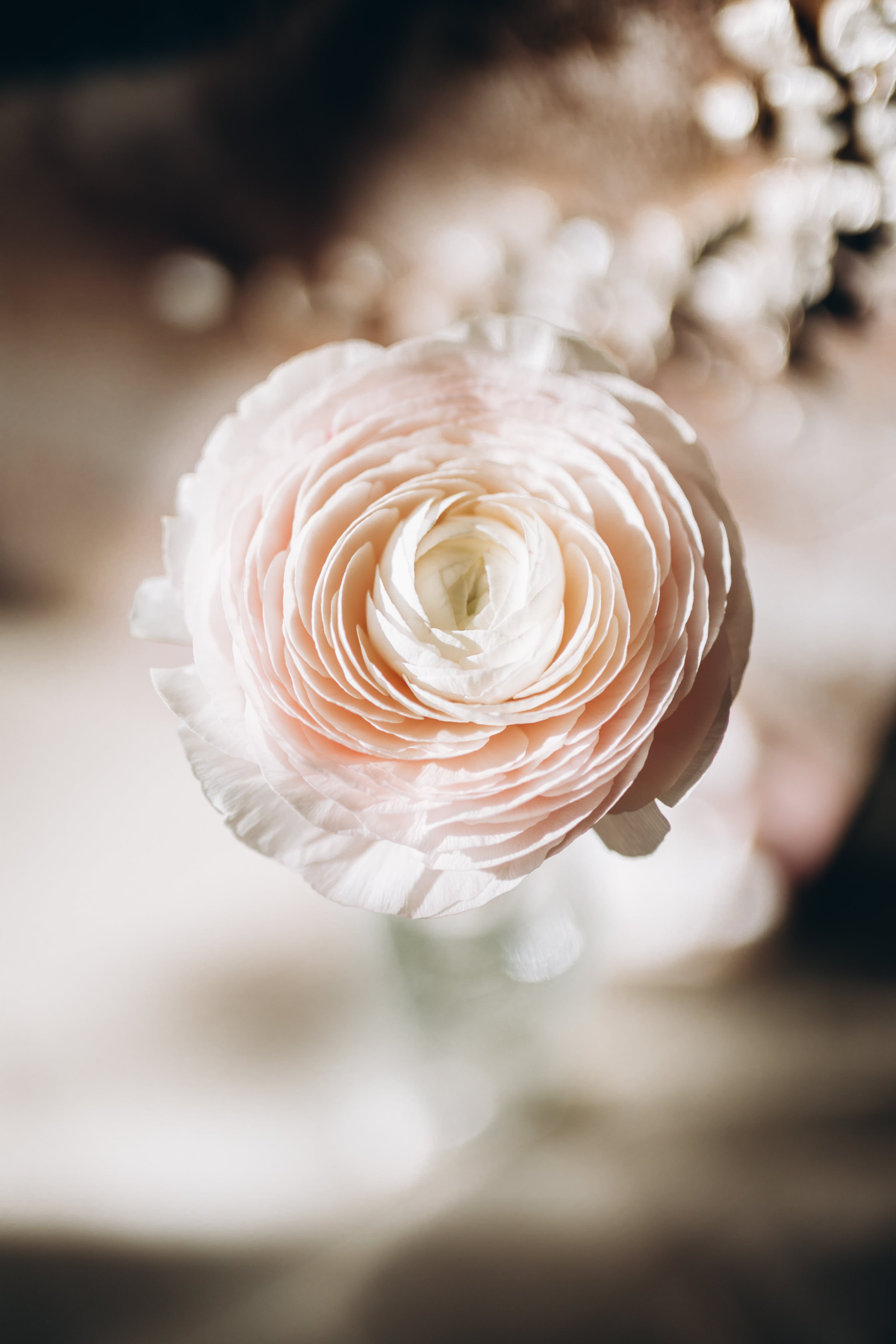
The ranunculus flower, with its captivating beauty and array of colors, is a worthy addition to any garden. While it may require a bit of special attention and care, the result is a breathtaking display that captures the essence of spring. Remember, every plant in your garden has its own story and needs, much like characters in a beautifully written novel. The ranunculus, with its layers of petals and history, adds depth and charm to this garden story. So, whether you’re an experienced gardener or just starting out, let the ranunculus inspire you to create a garden that’s not only a feast for the eyes but a sanctuary for the soul. Happy gardening!
The ranunculus flower is a worthy addition to any garden
